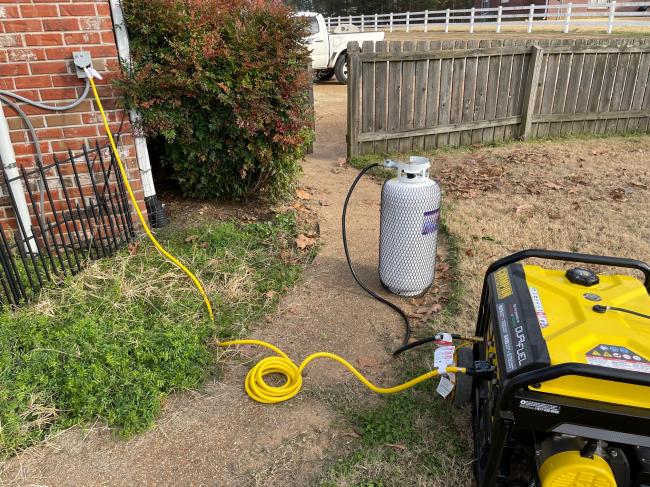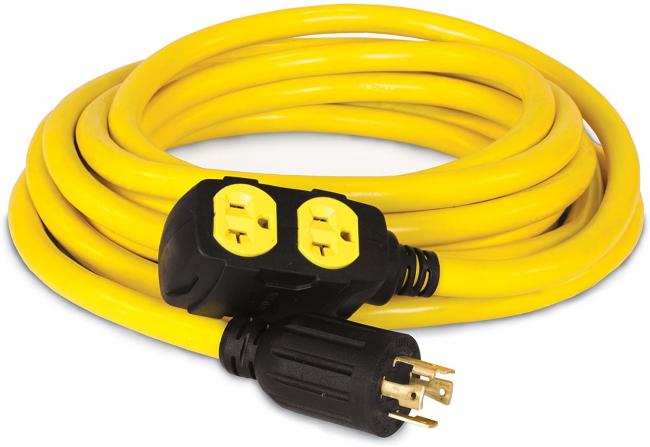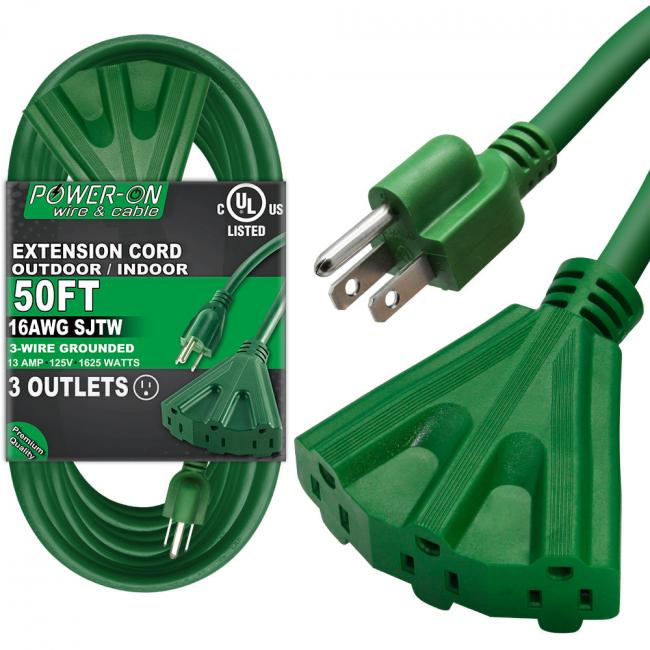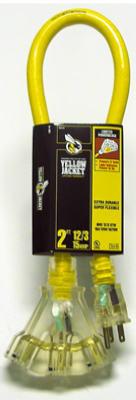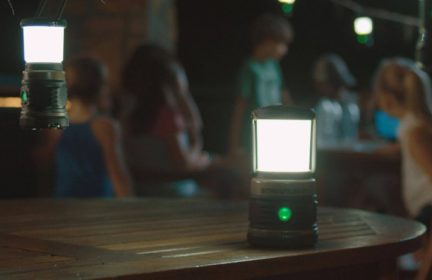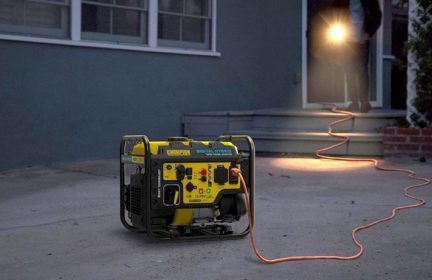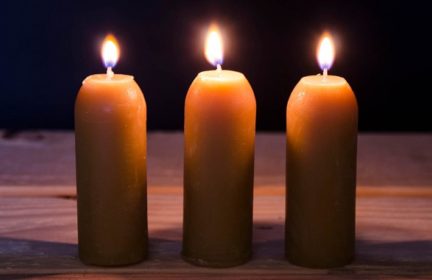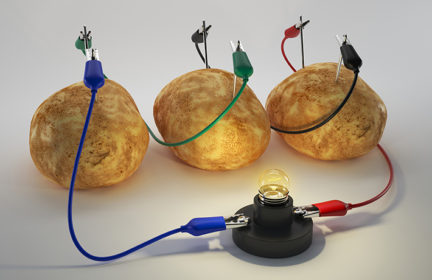Summary Report: Our power went out
Last night our power went out for four hours. Everything was fine. I sat by the fire and read a garden seed catalog by candle light. This is dangerous: now I want to buy everything! Everything looks good in the catalog!
This was a good opportunity to review what worked and what needs fixing. Sharing here in case it is useful. I find it good practice to write up a review for myself. Suggestions are welcome.
..
Timeline
- Power outage started around 7pm
- Power back on around 11pm (4 hours)
What went well:
- Having a keychain flashlight. I carry three mini flashlights on my keychain, which I have on me at all times. As soon as the power went off it was pitch-black dark, and of course – one of the flashlights was out of battery. Thankfully I have two spare. I was able to calmly and easily find my way around the house, to gather the family and go get the LED candles.
- LED candle lights. These are just the cheap pick from ikea – they glow like a candle and take two AAA batteries. They give off a nice soft glow. We had enough we could hand one to each person, and leave one on a table or at the top of the stairwell if needed. Once everyone has their own light, everything is calm.
- Natural gas fireplace. With no power, the main furnace won’t run. That’s why we have this. I keep the pilot lit all winter for exactly this reason. It costs me a few dollars per month to keep it lit, but you’re sure glad for it when you really need it. We flipped the switch and got heat and light. Left the fire on during the whole outage.
- Everyone stayed calm. The fireplace is on, so we just gathered nearby and relaxed. Have a nap. Read a book. Whatever suits you.
- Group text chat with our neighbours. We use Signal, because its the only app I trust for security. We are lucky to have two great sets of neighbours, with similar mindset (and they are much more skilled than I am at e.g. shooting, gardening, and other skills. I learn a lot from them). We’ve spent a long time building a relationship for our group. The app was useful – we could gather and share info. It helped to stay informed.
- Data connection. We were able to text lots of other neighbours and check on them, to see if everyone was okay. Luckily: yes. We do have a backup emergency phone on a different network, with a ‘pay-as-you-go’ card. Didn’t need to use it.
- Pantry food. We were able to easily open crackers, canned peaches, etc. And eat dinner without cooking. I enjoy intermittent fasting, and considered making it a ‘challenge’ for myself to get through the situation without eating. But I figured if I had to go help someone, or the situation got worse, it would be better to have energy. So I ate.
- Curtains and blinds. As soon as everyone was safe and cozy by the fire, I went around the house and closed everything to keep the heat in.
- DIY home repair. I have spent many months fixing leaks to try and make our home more passive and efficient. Installing vapor barrier. Taping and sealing. Installing gaskets and covers on electrical sockets. Weather stripping. etc. I have no direct measurements but I like to hope this helped.
- Friendly backup location. If worst comes to worst, we have a family member within driving distance that is in our covid cohort. We could load up the go bag and go there instead. Didn’t need to. But glad to have the option.
- Got to have a conversation about being prepared. After the power came on one of our neighbours texted us, discussing how we were doing. Their fireplace does not work, and has been broken for a long while. Discussing our steps and situation with them got them thinking, making comments like “huh, that’s a good idea. Maybe I should look into fixing our fireplace for next time…”. Great! That’s the kind of self-assessment and improvement I love to see.
What could improve:
- Fix my power outage alerts to be text messages, not email. I had alerts configured with the power company to notify me if the power went out. It was pretty obvious it went out. But setting them to email was dumb – I couldn’t access my email over the data connection; it was too hammered and slow. So I didn’t get any updates. Luckily our neighbour in the group chat was smarter than me, and had his set to text. So we could still get updates on the ETA to restore power.
- Wind-up hand crank flashlights. These did not work. I always thought these would be useful because they don’t require batteries. But the lights don’t give off much light. Also if you had young kids – the cranks take a certain amount of manual dexterity to wind them correctly. I won’t use these again. Much better to have simple LED candles.
- Stored water containers: empty out some of the water. I have several 7 gallon jugs. If it was seriously cold, they might freeze, expand, and burst. I should drain some water to store them 90% full, or down to 6 gallons per container.
- Keep doing house improvements. Long term, I want to add more attic insulation. Short-term, we have one very leaky window that needs to be fixed or replaced. My next summer projects may include installing a better exhaust vent for our bathroom fan that doesn’t let in cold air; and putting spray foam behind (but not inside) electrical boxes.
Where we got lucky:
- It was warm! Two weeks ago was -35C (-31F). Last night was -5C (23F) instead. Big difference. Much easier to deal with. We were very lucky this outage happened after it warmed up.
- The whole family was safe at home when it happened, not out driving or doing anything.
- Data connections and text messages still worked. If they hadn’t I would have gone by foot to check on one of our closest neighbours, who is elderly.
Overall, pretty happy.
Now I need to budget for garden seeds.
33
Log in or register to join the conversation
-
Comments (33)
-


